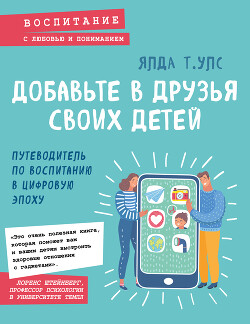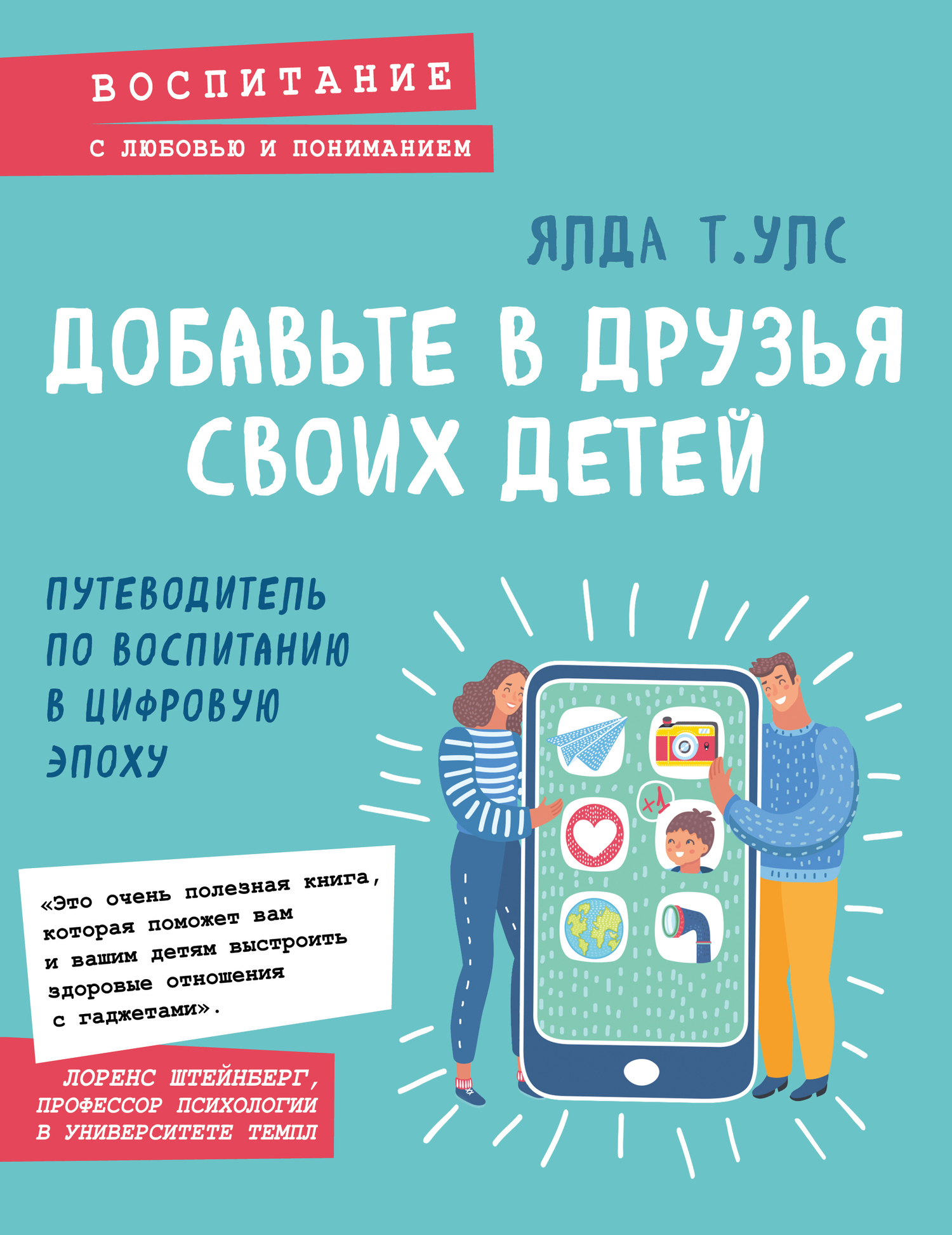17. Clay Shirky, “Why I Just Asked My Students to Put Their Laptops Away,” Medium.com, 2014, https://medium.com/@cshirky/why-i-just-asked-my -students-to-put-their-laptops-away-7f5f7c50f368.
18. S. Higgins, Z. Xiao, and M. Katsipataki, The Impact of Digital Technology on Learning: A Summary for the Education Endowment Foundation (Durham, England: Durham University, Education Endowment Foundation, 2012).
19. T.M. Philip and A. Garcia, “The Importance of Still Teaching the iGenera- tion: New Technologies and the Centrality of Pedagogy,” Harvard Educational Review 83 (2013).
20. S. Jeong, H. Cho, and Y. Hwang, “Media Literacy Interventions: A Meta- Analytic Review,” Journal of Communications 62 (2012).
21. Cuban, Oversold and Underused.
22. Silverall and MLTI Research and Evaluation Team, A Middle School One-to-One Laptop Program: The Maine Experience.
23. Philip and Garcia, “The Importance of Still Teaching the iGeneration: New Technologies and the Centrality of Pedagogy.”
24. Melgosa and R. Scott, “School Internet Safety: More than ‘Block It to Stop It,’ “ Journal of Adventist Education (2013).
Глава 9
1. Jane McGonigal: Gaming Can Make a Better World, Ted2010, 2010.
2. A. Lenhart et al., Teens, Video Games and Civics, Pew Internet and American Life Project (Pew Research Center, 2008).
3. Entertainment Software Association, Essential Facts About the Computer and Video Game Industry.
4. Parenting in the Age of Digital Technology: A National Survey.
5. K. Subrahmanyam and P.M. Greenfeld, “Effect of Video Game Practice on Spatial Skills in Girls and Boys,” Journal of Applied Developmental Psychology 15 (1994): 13-32.
6. Y. Cheng and K.S. Mix, “Spatial Training Improves Children’s Mathematics Ability,” Cognition and Development (2013).
7. D.H. Uttal et al., “The Malleability of Spatial Skills: A Meta-Analysis of Training Studies,” Psychological Bulletin (2013).
8. A. Eichenbaum, D. Bavelier, and C.S Green, “Video Games: Play That Can Do Some Serious Good,” American Journal of Play 7 (2014): 50.
9. I. Granic, A. Lobel, and R.C.M Engeles, “The Benefits of Playing Video Games,” American Psychologist (2013).
10. M.W.G. Dye, C.S. Green, and D. Bavelier, “Increasing Speed of Processing with Action Video Games,” Current Directions in Psychological Science 18 (2009): 321-26.
11. D. Giannotti et al., “Play to Become a Surgeon: Impact of Nintendo Wii Training on Laparoscopic Skills,” PLOS One 8 (2013).
12. T. Stroback, P.A. Frensch, and T. Schubert, “Video Game Practice Optimizes Executive Control Skills in Dual-Task and Task Switching Paradigms,” Acta Psychologica 140 (2012).
13. Cheryl Olson, “What the Tech,” Rape Treatment Foundation, 2012.
14. W.D. Gunter and K. Daly, “Causal or Spurious: Using Propensity Score Matching to Detangle the Relationship Between Violent Video Games and Violent Behavior,” Computers in Human Behavior 28 (2012).
15. M. Griffiths, “The Therapeutic Use of Videogames in Childhood and Adolescence,” Clinical Child Psychology and Psychiatry 8 (2003).
16. Entertainment Software Association, Essential Facts About the Computer and Video Game Industry.
17. Ibid.
18. C.A. Anderson et al., “Violent Video Game Effects on Aggression, Empathy, and Pro-Social Behavior in Eastern and Western Countries: A Meta- Analytic Review,” Psychological Bulletin 136 (2010): 151-73.
19. C.J. Ferguson and J. Kilburn, “The Public Health Risks of Media Violence: A Meta-Analytic Review,” The Journal of Pediatrics (2009), 759-63.
20. Gunter and Daly, “Causal or Spurious: Using Propensity Score Matching to Detangle the Relationship Between Violent Video Games and Violent Behavior.”
21. Comment on “Your Child’s Brain on Technology: Video Games” at Great- schools.org, May 7, 2014, http://www.greatschools.org/technology/7936 -child-brain-development-and-video-games.gs.
22. M.S. Terlecki and N.S. Newcombe, “How Important Is the Digital Divide? The Relation of Computer and Videogame Usage to Gender Differences in Mental Rotation Ability,” Sex Roles 53 (2005).
23. Subrahmanyam and Greenfeld, “Effect of Video Game Practice on Spatial Skills in Girls and Boys.”
24. Steve Henn, “What Happened to Women in Computer Science?,” NPR, October 21, 2014, http://www.npr.org/blogs/money/2014/10/21/357629765/ when-women-stopped-coding.
25. J. Feng, I. Spence, and J. Pratt, “Playing an Action Video Game Reduces Gender Differences in Spatial Cognition,” Psychological Science, (2007).
Эпилог
1. AVG, “Digital Birth: Welcome to the Online World,” Business Wire, October 6, 2010, http://www.businesswire.com/news/home/20101006006722/ en/Digital-Birth-Online-World#.VOIwyrDF_9t.
2. Consumer Reports, “Facebook and Your Privacy,” July 2012.
3. K.M. Cutler, “Stats: Facebook Made $9.51 in Ad Revenue Per User Last Year in the U.S. and Canada,” Techcrunch, May 3, 2012, http://techcrunch. com/2012/05/03/stats-facebook-made-9-51-in-ad-revenue-per-user-last-year-in-the-u-s-and-canada/.
4. K. Tummarello, “Google’s Cerf: Social Rules, Not Laws, Will Protect Privacy,” The Hill, November 19, 2013, http://thehill.com/policy/ technology/ 190810-googles-cerf-social-rules-not-laws-will-protect -privacy.
5. E. Segran, “The Truth About Teenagers, the Internet, and Privacy,” Fast Company, November 2014, http://www.fastcompany.com/3037962/then -and-now/the-truth-about-teenagers-the-internet-and-privacy.
Литература
“2014 Sleep in America Poll: Sleep in the Modern Family, Summary of Findings.” 2014.
Almasy, Steve. “Two Teens Found Guilty in Steubenville Rape Case.” CNN, March 17, 2013. http://www.cnn.com/2013/03/17/justice/ohio-steubenville-case/.
American Academy of Pediatrics. “Children, Adolescents, and the Media,” policy statement. American Academy of Pediatrics, 2013.
Anderson, C.A., N. Ihori, B.J. Bushman, H.R. Rothstein, A. Shibuya, E.L. Swing, A. Sakamoto, and M. Saleem. “Violent Video Game Effects on Aggression, Empathy, and Pro-Social Behavior in Eastern and Western Countries: A Meta-Analytic Review.” Psychological Bulletin 136 (2010): 151-73.
Anderson, J.Q., and L. Rainie. Millenials Will Benefit and Suffer due to Their Hyper-connected Lives. Pew Internet and American Life Project. Pew Research Center, 2012.
Anderson, J.Q., and L. Rainie. “Main Report: An In-Depth Look at Expert Responses,” n.d. http://www.pewinternet.org/2014/05/14/main-report-an -in-depth-look-at-expert-responses/.
APA. Report of the APA Task Force on the Sexualization of Girls. APA, 2010.
“Asians in the Library,” 2011. https://www.youtube.com/watch?v=zQR01qltgo8.
AVG. “Digital Birth: Welcome to the Online World.” Business Wire, 2010. http://www.businesswire.com/news/home/20101006006722/en/Digital -Birth-Online-World#.VOIwyrDF_9t.
“Baby Thinks Magazine Is a Broken iPad,” YouTube, 2012. https://www.youtube .com/watch?v=2vXyx_qG6mQ.
Bandura, A. D. Ross, and S. Ross. “Transmission of Aggression Through Imitation of Aggressive Models.”Journal of Abnormal and Social Psychology 63 (1961).
Baumeister, R.F. “The Need to Belong: Desire for Interpersonal Attachments as a Fundamental Human Motivation.” Psychological Bulletin 117 (1995): 497-529.
Bavelier, D., C.S. Green, and M. W. G. Dye. “Children, Wired: For Better and for Worse.” Neuron 67 (2010): 692-701.
Blakemore, S.J. “How Does the Brain Deal with the Social World? “ Neuro Report 14 (2003): 1-10. “The Developing Social Brain: Implications for Education.” Neuron 65





